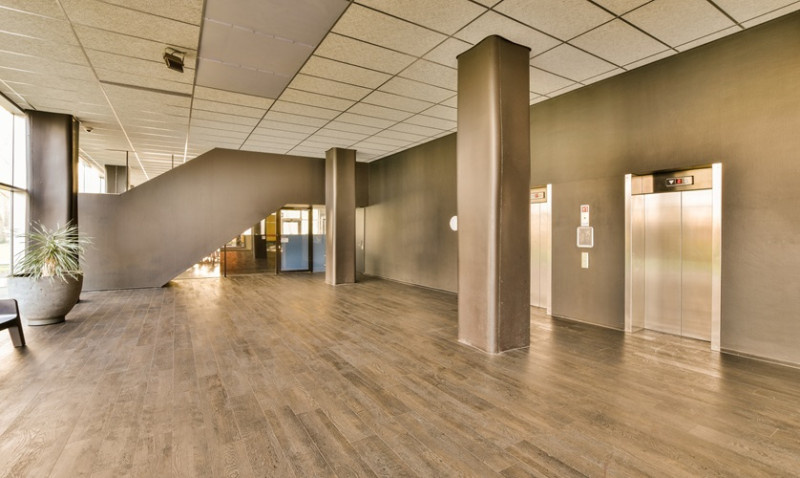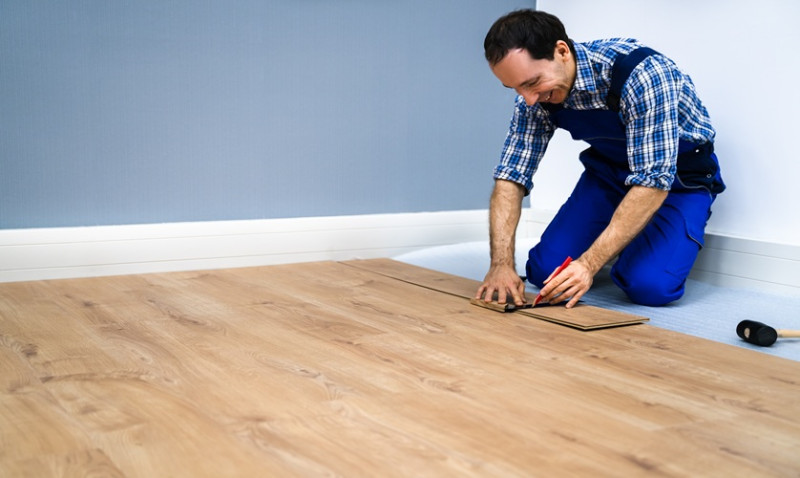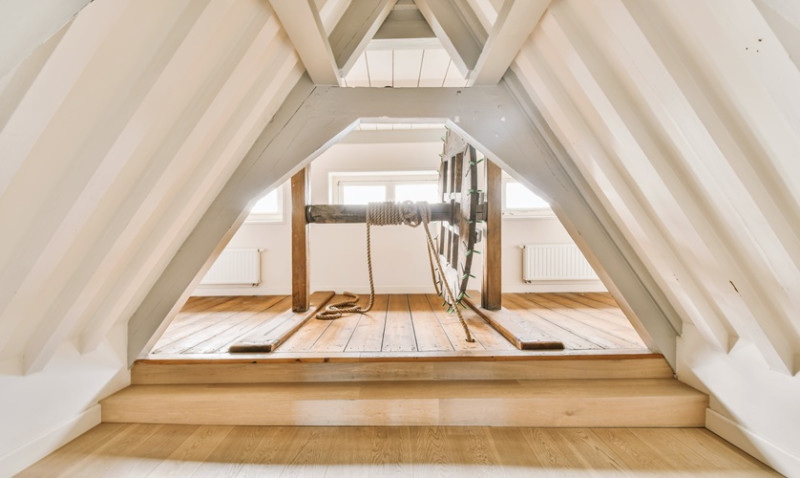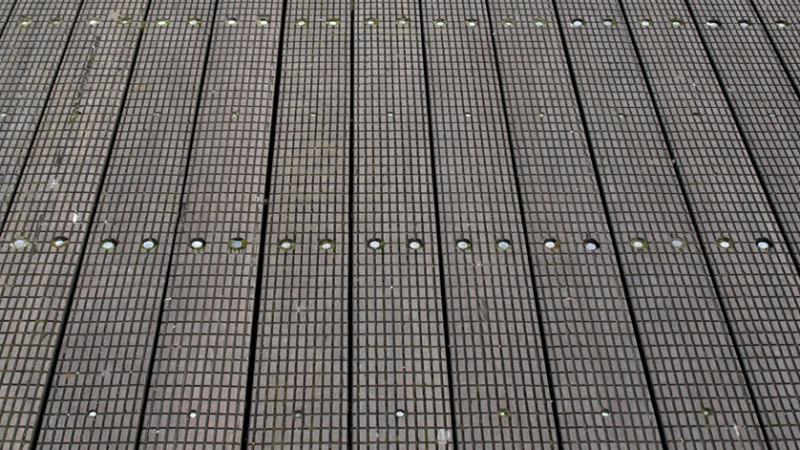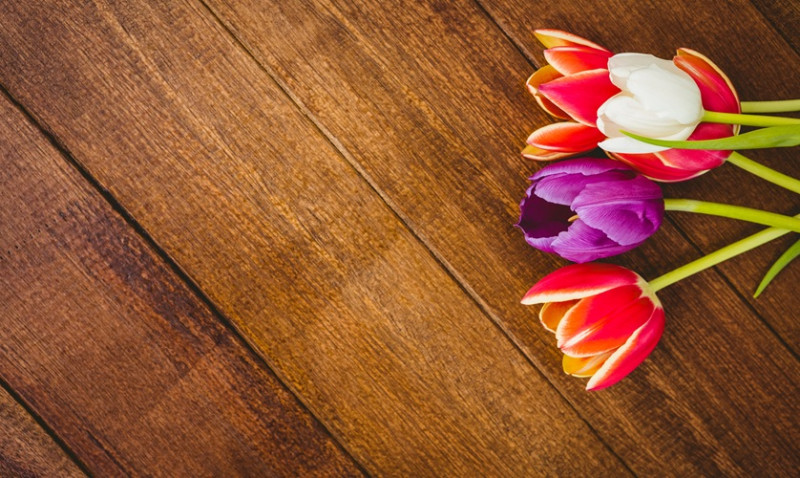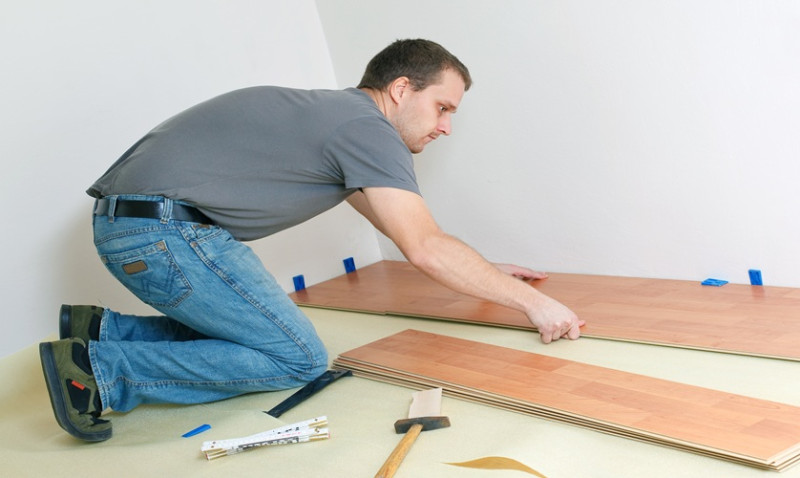
If you're planning a home renovation or helping clients choose the best flooring options, you've likely come across two popular contenders: laminate and luxury vinyl flooring (often referred to as LVT or LVP). Both offer stylish, durable, and budget-friendly alternatives to traditional hardwood, but they have distinct features that make each suitable for different environments and lifestyles. Understanding these differences can help you make a more confident and informed decision.
What is Laminate Flooring?
Laminate flooring is a multi-layer synthetic product designed to replicate the look of natural wood or stone. It consists of a dense fibreboard core topped with a high-resolution photographic layer and a transparent wear layer. This combination creates a highly realistic finish that mimics the texture and grain of timber or tile.
Originally developed as a cost-effective alternative to hardwood, laminate has significantly improved over the years. Today's laminate floors feature advanced textures, greater moisture resistance, and easy-click installation systems, making them popular among DIY enthusiasts.
Most laminates are best suited for dry areas like living rooms, bedrooms, hallways, and offices, although newer water-resistant versions can now handle light moisture in kitchens and bathrooms. They are typically installed as floating floors over underlay, requiring no glue or nails.
What is Luxury Vinyl Flooring?
Luxury vinyl flooring is composed of several layers of PVC vinyl and fibreglass backing, making it more flexible and waterproof than laminate. It also features a printed design layer and a protective topcoat (often with polyurethane), giving it excellent durability and authentic aesthetics.
One of the main selling points of LVT/LVP is its 100% waterproof properties. That makes it a top choice for bathrooms, kitchens, and utility rooms—places where moisture can cause other flooring types to swell or warp. Many ranges also incorporate integrated underlays, improving comfort underfoot and reducing sound.
Luxury vinyl is available in tile and plank formats that can replicate wood, stone, and ceramic, with natural textures and matt finishes. Installation methods vary between glue-down, loose lay, and click-lock systems, catering to both professional installers and ambitious DIYers.
Main Differences Between Laminate and Luxury Vinyl
Though often confused due to their visual similarities, laminate and LVT/LVP flooring differ in composition, moisture resistance, comfort, sound, and installation method. Here’s a handy breakdown:
| Feature | Laminate Flooring | Luxury Vinyl Flooring (LVT/LVP) |
|---|---|---|
| Core Material | HDF (High-Density Fibreboard) | Rigid or flexible PVC |
| Water Resistance | Moderate (water-resistant variants available) | 100% waterproof |
| Appearance | Authentic wood visuals with textured grain | Highly realistic wood, stone, and tile effects |
| Installation | Floating floor, click-lock | Click-lock, glue-down, or loose lay |
| Noise Level | Can be noisier without soundproof underlay | Quieter underfoot, especially with built-in underlay |
| Comfort | Firm & rigid underfoot | Softer and warmer |
| Maintenance | Sweep or vacuum, damp mop (not too wet) | Easy maintenance, can be wet mopped |
| Ideal Areas | Living rooms, bedrooms, home offices | Bathrooms, kitchens, hallways, utility rooms |
Which is More Durable?
Durability depends largely on the quality of the flooring and its use. Laminate can be remarkably scratch-resistant, especially high-AC-rated options designed for commercial installations. However, once water penetrates laminate's fibreboard core, it can cause swelling and warping.
Luxury vinyl holds a clear advantage in moisture-prone areas. Its waterproof core means it stands up to spills, leaks, and humidity without a hitch. Many LVT/LVP options also offer superior scratch and dent resistance, making them well-suited to busy homes and high-traffic zones.
If you have pets, small children, or a hectic lifestyle, a waterproof vinyl floor is likely to outlast most laminate alternatives in heavy-use areas. However, high-end laminates used in dry spaces can remain pristine for decades.
Cost Comparison
Laminate flooring generally has a lower starting price per square metre, making it a budget-friendly option for larger spaces. Entry-level laminate can be surprisingly attractive while still offering confident performance in domestic settings.
Luxury vinyl tends to cost more per m², especially for thicker, cushioned, or embossed finishes. However, the extra outlay reflects its additional water resistance, flexibility, and comfort underfoot. Built-in underlays can also offset installation costs.
Installation method can also affect the overall budget. DIYers may find click systems for both flooring types manageable, particularly when planks are already cut to size or provided with matching trims. However, glue-down vinyl may require professional fitting, adding to the total cost.
Design Choices and Aesthetics
Both laminate and vinyl offer a vast array of designs, from rustic oak to sleek slate, elegant herringbone patterns to minimalist greys. Laminate typically wins points for sharp, vibrant wood patterns due to its high-resolution photo layer.
Luxury vinyl excels at offering both wide-format tiles and planks, with flexibility to replicate grout lines, stone textures, and even metallic surfaces. Raised embossing perfectly mimics the look and feel of authentic materials.
No matter your interior style—Scandi, industrial, modern country, or traditional—you’ll find both options catering to your taste. For designers and architects in the UK, both materials offer enormous creative freedom for residential or commercial projects.
Environmental and Health Considerations
Modern laminate and vinyl flooring products are now held to strict manufacturing and emissions standards. Look for certifications like FloorScore and GREENGUARD for low VOC emissions and environmentally friendly materials.
Recyclability is another factor. Laminate, while less recyclable, often uses wood by-products and can be sourced from responsibly managed forests. Vinyl, on the other hand, is more difficult to recycle but tends to have a longer usable life span in wet environments, reducing the need for premature replacement.
For households sensitive to allergens or vapours, choose options marked as phthalate-free and aim for trusted brands known for transparent supply chains and ethical practices.
Conclusion: Which One is Right for You?
There’s no one-size-fits-all answer—your lifestyle, room usage, and budget will ultimately guide your choice. Laminate is ideal for those seeking a stylish, affordable floor for dry living spaces, with excellent scratch resistance and easy fitting. Luxury vinyl, on the other hand, offers total peace of mind in wet areas, superior comfort, and long-lasting durability in high-traffic environments.
Whether you're a DIYer looking to revamp your home, a designer specifying finishes for a client, or a tradesman installing floors day-to-day across the UK, understanding the unique benefits of laminate and LVT will ensure every project achieves both beauty and performance.
Before making your final choice, always request samples, check warranties, and consider life-cycle costs beyond the initial price tag. With smart planning and the right floor, you’ll add lasting value to any space.
